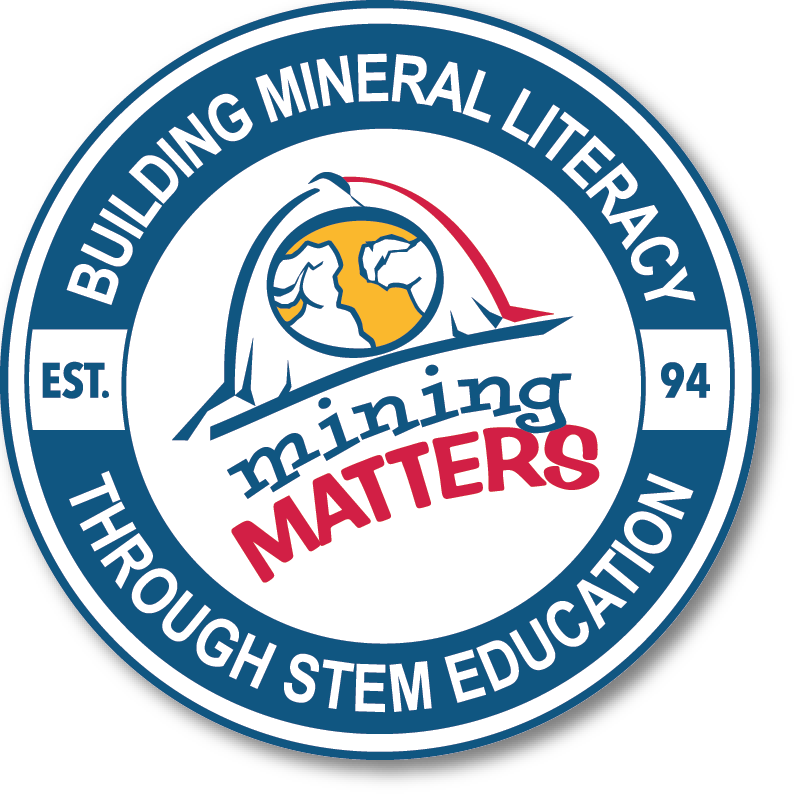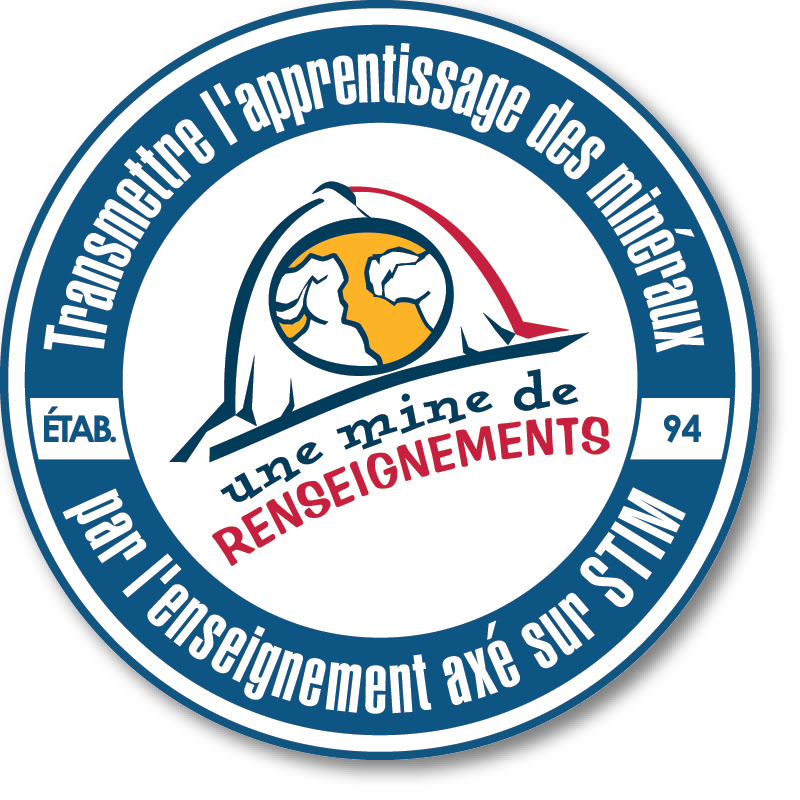Starburst® Rock Cycle
Background
The Rock Cycle is a model describing the formation, breakdown, and reformation or
restructuring of rock as a result of sedimentary, metamorphic, and igneous processes.
There are three types of rock, each formed by a different process:
Igneous Rock
The word igneous comes from the Latin word ignis, meaning fire. Igneous rock forms from the cooling and solidification of molten rock (magma or lava) and may form with or without
crystallization. Intrusive (plutonic) rocks solidify slowly from magma under the Earth’s surface. They exhibit large, visible crystals. Granite is a common example. Extrusive (volcanic) rocks solidify, from lava, at the surface of the Earth. The lava solidifies quickly, creating fine-grained rocks, with small crystals. Sometimes the crystals can be seen only with the aid of a microscope! Basalt is a common example.
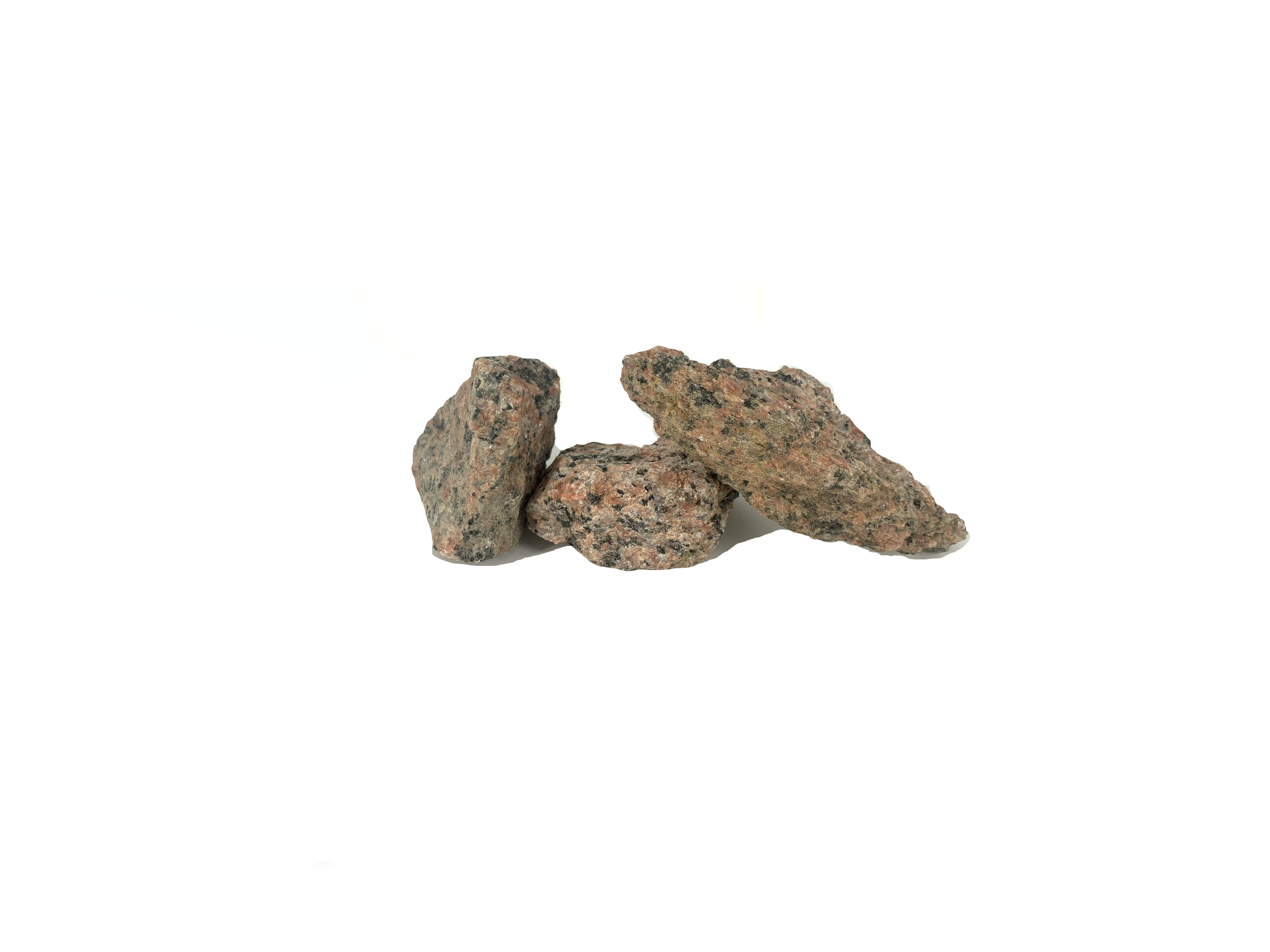

Metamorphic Rock
The word metamorphic derives from the Greek words meta (meaning change), and morph
(meaning form). Metamorphic rocks form from the transformation (metamorphism) of
existing rock. Existing rocks are changed physically or chemically as a result of exposure to heat and pressure. Examples of metamorphic rocks include metaconglomerate, gneiss, slate, marble, schist, and quartzite.
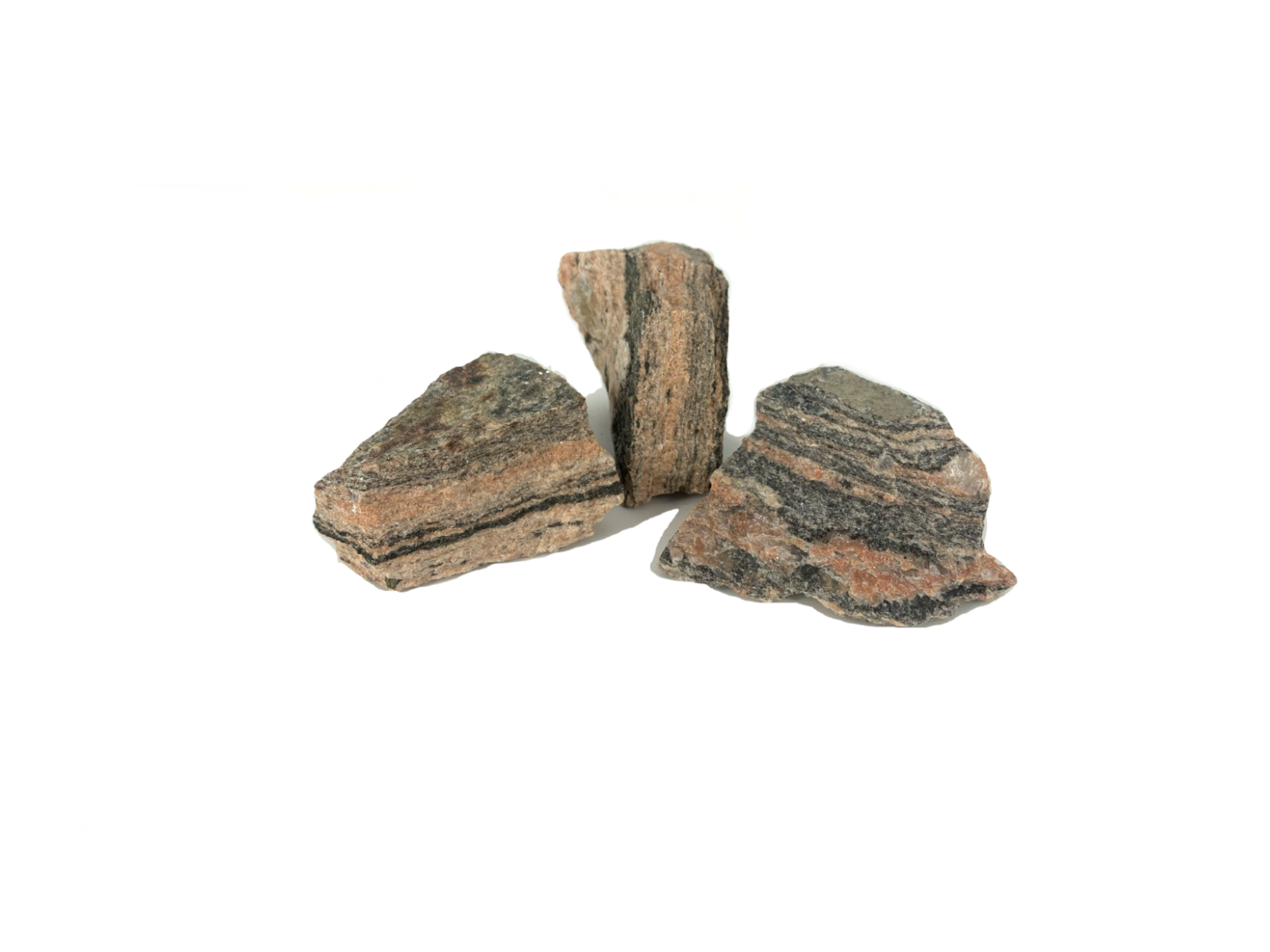
Sedimentary Rock
The word sedimentary comes from the Latin word sedimentum, meaning to settle. Sedimentary rocks are formed from deposits that accumulate on the Earth’s surface. Sediment is the term for the particles that accumulate to form sedimentary rocks, which can be classified into three categories: clastic, biochemical, and chemical.
- Clastic sedimentary rocks comprise eroded Earth materials—gravel, sand, silt, and clay-sized particles—that have been transported by gravity, water, wind, or ice to where they are deposited and slowly become cemented and lithified. Examples include conglomerate, sandstone, siltstone, and shale.
- Biochemical sedimentary rocks are created when organisms use materials dissolved in air or water to make their tissues. Examples include limestone and dolostone.
- Chemical sedimentary rocks form when minerals in solution precipitate. Common examples include limestone and rocks composed of evaporite minerals, like gypsum and halite.
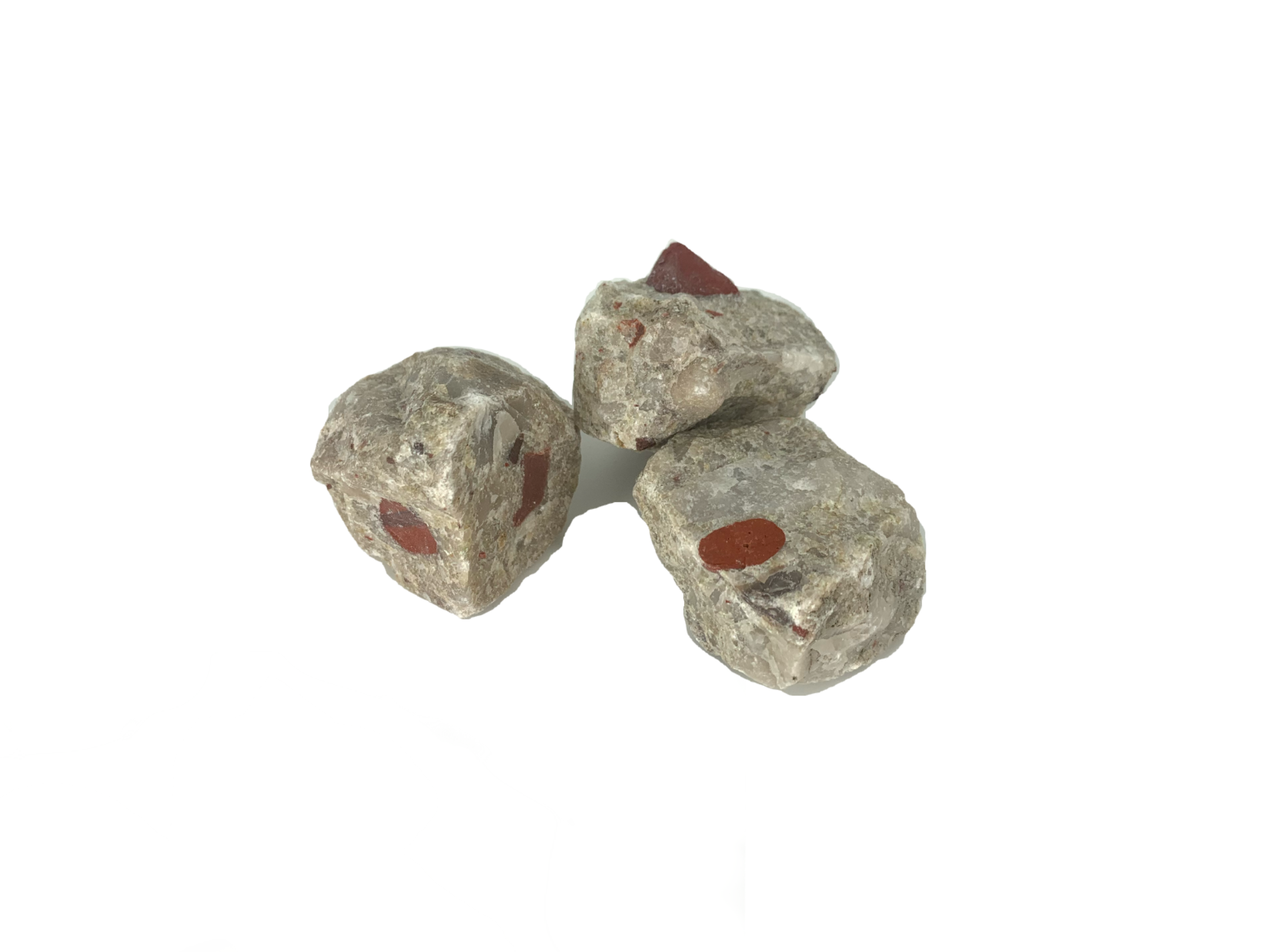
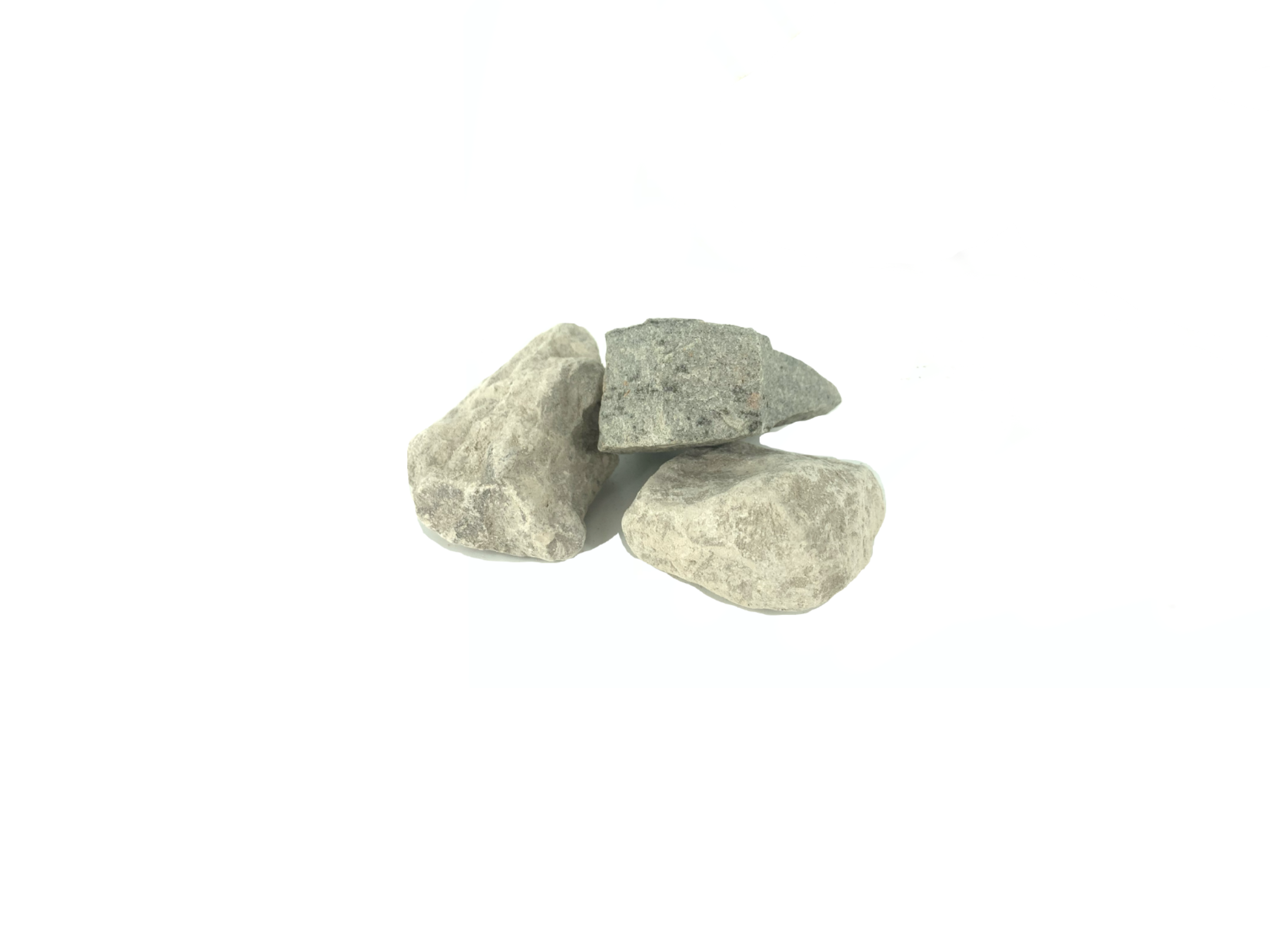
Objectives
In this activity, kids create “sedimentary rocks,” transform them into “metamorphic rocks”
with the application of heat and pressure, and then transform their “metamorphic rocks” into
“igneous rocks” by melting and cooling them. To complete this activity, kids will require the
support and assistance of an adult, throughout.
Materials
- Starburst Minis® candy (assorted colours)
- Scissors
- A source of heat (e.g., toaster oven, hot plate, blow dryer)
- Tongs
- Waxed paper (cut into 15 – 20 cm squares, one for each group)
- Aluminum foil (cut into 20 – 25 cm squares, with edges folded up like a dish)
- Rolling pin or heavy book
- Rock Cycle Chart manitoba.ca/iem/min-ed/kidsrock/mrocks/files/rockcycle.pdf
Instructions
- Discuss or review the three rock types and the rock cycle.
- Unwrap four Starburst Minis® candies, each of a different colour. Use scissors to cut each piece of candy into four small pieces.
- Mix up the candy pieces. This would be similar to wave action mixing pebbles on a rocky beach.
- Rub the palms of your hands together quickly for several seconds to warm them, then pick up your piles of candy and push the pieces together to form balls. The balls should appear lumpy, with visible candy pieces. At this stage, you have created a type of sedimentary rock, like conglomerate. Draw a picture of the arranged pieces.
- Use a heat source to slightly warm your “sedimentary rocks,” but not to the point of melting. When the “rocks” have been warmed, place them on one half of your waxed paper sheets and fold the other half over top.
- Apply pressure to the covered candy by using a rolling pin or placing a book on top and pressing down on it. After pressure has been applied, remove your flattened candy lumps from the waxed paper, fold them in half, place them back in the waxed paper, and repeat the process of applying pressure. At this stage, you have created metamorphic rocks, a metaconglomerate rock, in particular. What do they look like now? Describe the colour, texture, and pattern.
- Shape your aluminum squares, turning up the edges to make dishes. Place your “metamorphic rocks” in the aluminum foil dishes.
- Using a heat source, ask an adult to help you to melt the flattened lumps of candy until completely liquified.
- An adult should use tongs to remove your foil containers from the heat source and place them somewhere out of reach to let them cool. Do not touch the aluminum dishes or hot candy with your fingers.
- Once the heated candy has cooled, carefully peel your “rocks” from the foil dishes. You have created igneous rocks. What do they look like now? Describe the colour, texture, and pattern.
